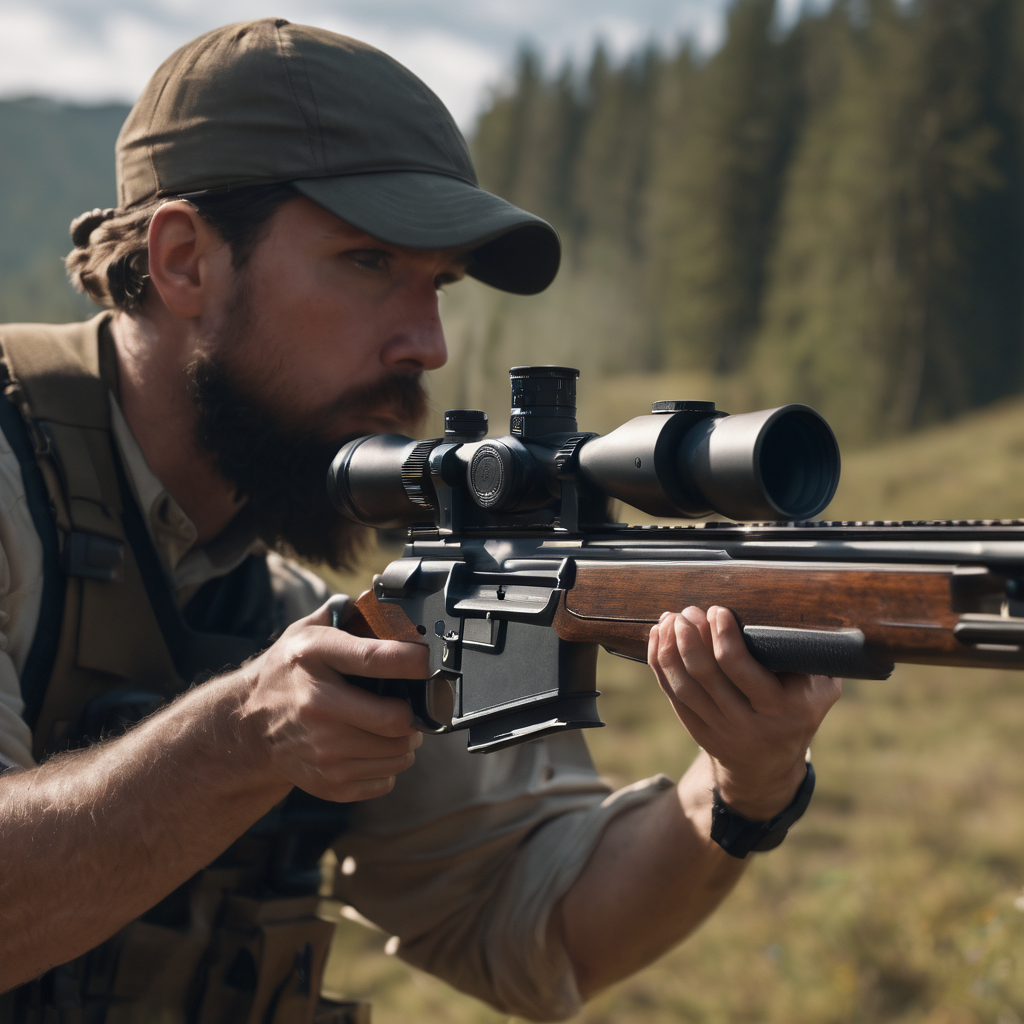The Role of Upper Receivers in Firearm Performance

The importance of upper receivers
The upper receiver plays a crucial role in the performance of a firearm. It houses the bolt carrier group and serves as a mounting point for the barrel, handguard, and other components. A well-designed upper receiver contributes to the accuracy, reliability, and overall function of the firearm. It also allows for easy customization and modification, providing shooters with flexibility to tailor their firearm to their specific needs and preferences.
Different types of upper receivers
The upper receiver is a crucial part of a firearm that can significantly impact its performance. There are several types of upper receivers, each with its unique features and advantages. These include:
- A1/A2 Upper Receiver: Known for their durability and compatibility with a wide range of parts, making them a popular choice among shooters.
- Flat Top Upper Receiver: Features a Picatinny rail, providing more versatility for mounting optics and accessories.
- Side Charging Upper Receiver: Allows for easier manipulation of the charging handle and can offer a different shooting experience.
Each type caters to different preferences and shooting styles, so it's essential to consider the specific needs and intended use of the firearm when choosing an upper receiver.
Factors affecting firearm performance
High-quality upper receivers are essential for optimal firearm performance. Several factors can influence how a firearm functions, including:
- Receiver Material: The material of the upper receiver, such as aluminum, steel, or polymer, greatly affects its durability and weight.
- Precision Machining: The precision and quality of the machining process directly impact the receiver's fit and function.
- Ammunition Compatibility: Different upper receivers are designed for specific calibers and ammunition types, affecting their performance with various rounds.
- Additional Accessories: The inclusion of accessories like sights, rails, and optics can alter the overall performance and handling of the firearm.
Understanding these factors can help firearm owners make informed decisions when selecting upper receivers for their firearms.
How upper receivers affect accuracy
The design and quality of the upper receiver can significantly impact the accuracy of a firearm. A sturdy and well-constructed upper receiver ensures proper alignment of the barrel, bolt, and related components, leading to improved shooting precision. Additionally, a high-quality upper receiver can contribute to reduced vibrations and enhanced stability, further enhancing the firearm's accuracy. Keep in mind that factors like material, manufacturing tolerances, and the inclusion of features such as a free-floating handguard can also influence the overall accuracy and performance of the firearm.
The role of upper receivers in weapon customization
When customizing your weapon, the upper receiver is a crucial component that significantly influences its performance. It serves as the foundation for attaching various accessories such as scopes, sights, and grips, allowing you to tailor your firearm to your specific needs and preferences. The upper receiver also houses the bolt carrier group and controls the ejection of spent cartridges, contributing to the overall functionality of the firearm. Whether you prioritize accuracy, versatility, or handling, understanding the role of the upper receiver is essential in maximizing your weapon's customization potential.
Maintenance and care for upper receivers
Keep your upper receiver in tip-top shape by regularly cleaning and lubricating it. Check for any signs of wear or damage, and ensure it is properly assembled to maintain its performance and longevity. Use a soft brush and gun solvent to clean the inside and outside of the receiver, then apply a light coat of lubricant for smooth operation. Always follow the manufacturer's guidelines for maintenance, and schedule regular inspections to catch any potential issues early on.
The impact of material selection
Material selection plays a significant role in determining the performance of an upper receiver. The type of material used can affect the receiver's durability, weight, and resistance to corrosion. Common materials for upper receivers include aluminum, steel, and polymer. Aluminum is lightweight and corrosion-resistant, making it a popular choice for many firearm applications. Steel offers increased strength and durability but adds more weight to the firearm. Polymer receivers are lightweight but may not be as durable as metal counterparts. Material selection should be carefully considered based on the firearm's intended use and the user's preferences.
Upper receiver accessories for enhanced performance
Adding accessories to your upper receiver can significantly enhance your firearm's performance. Popular accessories like optic sights, muzzle brakes, and handguards can improve accuracy, reduce recoil, and provide better gripping options. Upgrading your upper receiver with these accessories can complement your shooting style and improve your overall shooting experience. Keep in mind that the specific accessories you choose can depend on the type of firearm and your intended use.
Summary and conclusion
Throughout this blog, we learned about the various types of upper receivers and their impact on firearm performance. We discussed how the design, material, and features of an upper receiver can affect accuracy, durability, and overall shooting experience. We also explored the importance of matching the upper receiver with the lower receiver for optimal functioning of the firearm. Moreover, we delved into the significance of regular maintenance and proper installation to ensure the longevity and reliable performance of the upper receiver.
In conclusion, the upper receiver plays a crucial role in the performance of a firearm. Selecting the right type of upper receiver and maintaining it properly can significantly enhance the shooting experience and overall effectiveness of the firearm. Always remember to prioritize safety and follow all local laws and regulations when it comes to firearm modifications and maintenance.
